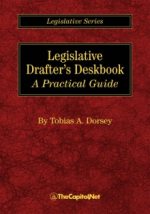Standing Vote / Division Vote (CongressionalGlossary.com)
From the Congressional Glossary – Including Legislative and Budget Terms Standing Vote / Division Vote A non-recorded vote used in both the House and Senate. (A standing vote is also called a division vote.) A division vote can be demanded by any member after a voice vote is taken. The chair or presiding officer can … Read more


